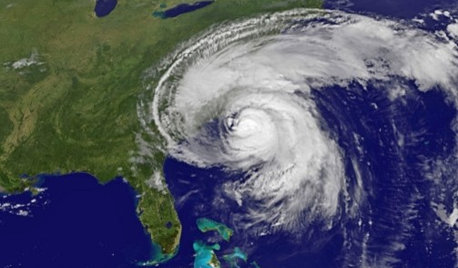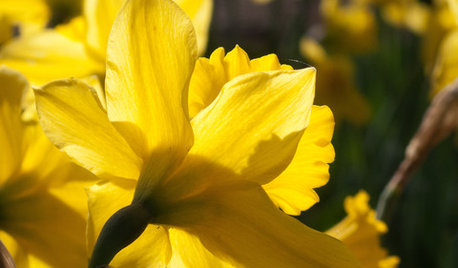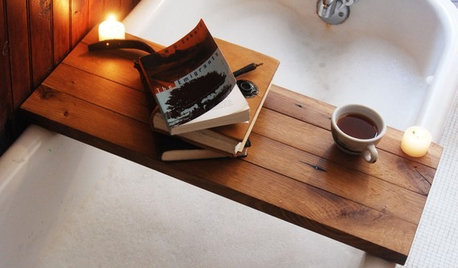Best time to use Milky Spore?
kentstar
15 years ago
Featured Answer
Comments (9)
karl_bapst_rosenut
15 years agolast modified: 9 years agoRelated Professionals
Citrus Heights Landscape Architects & Landscape Designers · Jennings Landscape Architects & Landscape Designers · Milford Landscape Contractors · Peabody Landscape Contractors · Allentown Landscape Contractors · Surprise Landscape Contractors · Burien Landscape Contractors · Choctaw Landscape Contractors · Farmington Landscape Contractors · Lake Saint Louis Landscape Contractors · McLean Landscape Contractors · Paramus Landscape Contractors · Rochester Landscape Contractors · Santa Ana Landscape Contractors · Shoreview Landscape Contractorskarl_bapst_rosenut
15 years agolast modified: 9 years agokentstar
15 years agolast modified: 9 years agokarl_bapst_rosenut
15 years agolast modified: 9 years agokentstar
15 years agolast modified: 9 years agobethfriend
11 years agolast modified: 9 years agoBarbara Norton
8 years agodebstuart1
8 years ago
Related Stories

KITCHEN DESIGNGreat Material: Milky Marble
How to add a little or a lot of beautiful white marble to your kitchen, bath and more
Full Story
MORE ROOMSGoodnight, Irene: It's Time to Reclaim Your Basement
How to clean up after the storm, avoid future flood damage and make your basement even better
Full Story
MIDCENTURY HOMESHouzz Tour: Making Midcentury Modern Work for Modern Times
A dynamic new entryway and other interior updates open an Atlanta home for better light and flow
Full Story
WINTER GARDENINGPruning Secrets for Exquisite Roses
Encourage gorgeous blooms year after year with this time-tested advice on how to prune your rosebush in winter for health and shape
Full Story
GREAT HOME PROJECTSMake a Push for a New Doorbell
Is it time to replace a doorbell or even add a door intercom or video system? Installation may be easier than you think
Full Story
REMODELING GUIDES15 Ways to Design an Easy-Clean Home
Spend more time doing what you love with these pointers for minimizing cleaning needs throughout the entire house
Full Story
GARDENING GUIDESPacific Northwest Gardener's October Checklist
Break up tidying time by planting spring bulbs, tending to veggies and giving leaves a rich new life
Full Story0

BATHROOM DESIGNGuest Picks: The Perfect Bath Experience
Get ready for fancy bath time with glam fixtures, bath salts and a bottle of champagne (or two)
Full Story
HEALTHY HOMEWhat You Need to Know About Dust and How to Fight It
Breathe easier with these 10 tips for busting mites, dander and other microscopic undesirables
Full Story
GARDENING GUIDESOh, Deer! 10 Native Flowers That Stand Up to the Herds
Keeping a garden amid hungry deer can be hard, but these plants should fare well
Full StorySponsored
Central Ohio's Trusted Home Remodeler Specializing in Kitchens & Baths
More Discussions








mad_gallica (z5 Eastern NY)